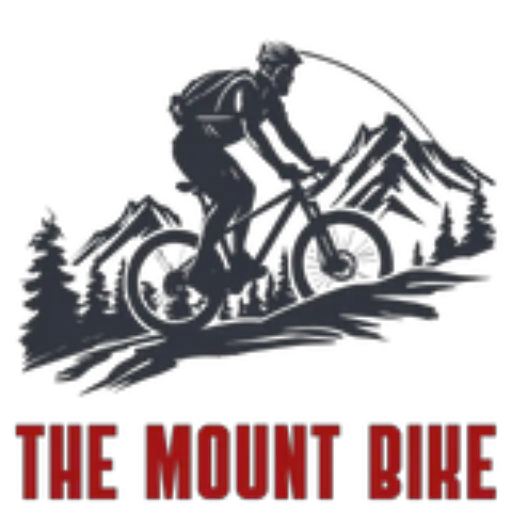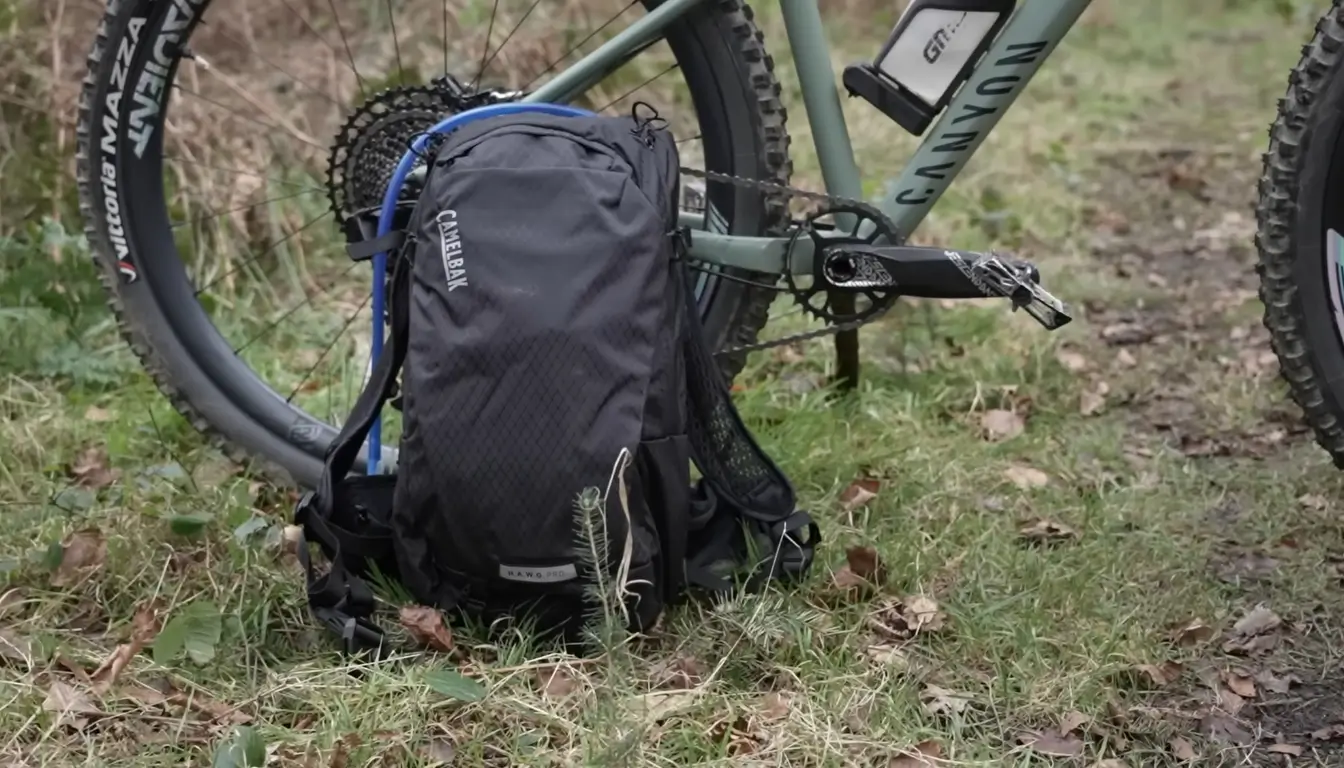Riding your mountain bike is fun. It’s a new activity to test yourself and your bike against different obstacles.
But one thing is for sure: Biking on trails can be challenging, which is why it pays off to have extra protection with you in case of an accident or breakdown that may cause you difficulty with mobility.
So, what to bring on your mountain bike ride?
Backpack, hip pack, water bottle, etc., are all great, and you should use them. However, there are some things that you want to pack just in case something happens.
Read on to find out what items you must not forget on your mountain bike ride.
What to Bring On Your Mountain Bike Ride?
Mountain bikers know that a long trek can take a toll on their body, so many bring supplies to help make their journey as comfortable as possible. Whether going for an hour-long hike or an all-day bike ride, it’s important to pack the right items.
Backpack
One method of carrying things that everybody’s familiar with is a backpack or a hydration pack. In this case, CamelBak makes them, but many companies make them, and they all feature a bladder inside that you can fill with lots and lots of water.
The advantage of a CamelBak backpack is that it holds lots of stuff and you can also drink conveniently while on your bike. For this reason, they’re very, very popular.
Now, if you’re going on a long ride, you need to carry lots of provisions and lots of water, and maybe even some camera gear. This is a no-brainer because, in terms of storage inconvenience and overall functionality, it’s hard to beat. But many riders, including myself, only use a hydration pack if there’s no other option.
Consider the footprint it puts on your body. It makes you a lot warmer and adds weight to your back, and you can feel it, and it’s just not as comfortable to ride with one. Some people aren’t bothered by it, but if I’m going on a short ride, I look to other options to try and lessen the load on myself.
Hip pack
So one rung down from a backpack is a lumbar or hip pack, pretty much a fanny pack. Now there are tons of advantages to a fanny pack. First, it doesn’t cover nearly as much of your body.
It doesn’t make you as hot, and it’s very comfortable. It also still holds a good amount of stuff, and many of these are available with bladders, much like a hydration pack. Some can hold a water bottle or even multiple water bottles on the side, and what’s nice.
That is, you have all your weight down low. One of my favorite advantages of a lumbar pack is the ease of access. You can loosen it up, flip it around to the front and reach down and grab whatever you need.
Now the disadvantages to a lumbar pack are, first of all, it is limited in storage when compared to a backpack.
Water Bottle
After all, you can carry a water bottle if you’re hitting local dirt jumps, smashing out some bike park laps, or just going for a loop close to home.
I’m sure most of you’re familiar with the water bottle and the water bottle cage. This will hold enough to get you through a couple of hours of riding, depending on the weather.
Emergency Tools
Put a multi-tool in your pocket. There are ways to stash them on your bike. You can have a steer tube, a chain tool, multiple Allen keys, and different types of wrenches.
Multi-tools, in general, are so small that it doesn’t make sense not to have one. Now a good multi-tool will have a whole bunch of different size hex keys and a chain tool.
A great example of when you need a multi-tool misaligned bar from your front wheel. Now what a lot of people do is put their front wheel between their legs and force the handlebars back into place; it’s not a good thing to don’t do that.
It’s straightforward just to fix it with a multi-tool. You’re going to loosen these two pinch bolts a little bit on the side of your stem.
Now your bars are going to move freely. So you just line them up by eye and re-tighten the pinch bolts very quickly, and you don’t have to scrape the inside of your stem on your steer tube.
Most chains can be shortened by a link or two, and you can still operate your bike. Just use your multi-tool to remove the damaged outer link so that you have two inside links, then put your chain back together with your quick link.
Food
I find that when on a long ride, calorie-dense foods are a perfect thing to bring with you because they don’t take up a lot of space, and they’re going to give you the energy you need to get through the day.
So peanut butter jelly sandwiches, trail mix, and of course, energy bars and chews, I think at the most basic level, we don’t have to geek out over nutrition. Just bring some food, so you don’t junk out and crash.
Co2 Cartridge
You’ll also need to perform common repairs on the trail. The most common is a flat tire—no matter what type of tire setup you’re running on your bike. After you repair a flat, you will need to inflate it.
Now obviously, you can do this with a bike pump. But if you’ve ever used a hand pump to inflate a tire out on the trails, you know it is not fun.
And if you’re trying to go minimalist, it’s going to be a lot easier to bring some co2 with you. You screw the cartridge and then push it onto your bike tire to use it. Now the advantage of co2 is that it’s small and compact.
It can inflate your tire in just a few seconds. Now the disadvantage to co2 is, first of all, it’s a consumable. So if you deplete your co2 cartridge, you can’t inflate something again, whereas if you bring a pump, it’s always going to be there, and it’s always going to work.
Sealant
A higher-end bike will have tubeless tires, so there’s no inner tube inside it in the first place you have sealant. When the tire gets punctured, the sealant flows to the hole and repairs the flat on the go.
Tubeless Repair Kit
But other times, the hole will be so big that the sealant cannot repair the flat. In that case, you’ll need a tubeless repair kit.
It fits right next to the water bottle cage, and inside this canister is everything you need to repair a flat. It has a co2 inflator, tire plugs, and a plug applicator.
Inner Tube
Now, if you have tubeless tires, tubeless repair kits will get you out of 9 out of 10 flats and do it fast. But I still carry an inner tube because sometimes it just doesn’t cut it, so if you’re unsure what to bring, bring an inner tube.
Strap it to your frame or throw it in your bag, and you’ll be able to get home no matter what.
Cell Phone Reception
One of the most important things you can bring with you on your ride is your cell phone. But of course, sometimes you won’t have cell phone reception. So if there is some kind of an emergency, you’re not going to be able to contact anyone, but you can figure out where you are.
Now I’ve mentioned trail forks before. It’s a GPS mapping app for mountain bike riding, and there are several apps just like it. But you can’t bring up the maps if you don’t have reception.
So often, there’s an option to download the map before you go out. This is something I highly recommend you do. Because if you know where you are and can find your way around, there’s far less of a chance you’ll get lost, run out of food or water, or get into a situation you weren’t prepared for.
First Aid Kit
If you’re going out into the boonies and you’re not going to have cell phone reception, maybe it would be a good idea to have a first aid kit.
Small and compact, a first aid kit will be your insurance should you get injured. It’s also going to cover you in the case that someone else is injured on the trail.
FAQs
What does a beginner mountain biker need?
A hydration pack could just be something you carry in your backpack that you can douse yourself with water. It’s important because you’ll ride on the trail for a couple of hours, and if you don’t keep yourself cool, you will have a hard time riding.
Does going tubeless save weight?
Yes, it does. It’ll save weight. You’re not going to feel it, but if you compare a tubeless-ready tire and an inner tube tire of the same size, tubeless-ready tires will be about half a pound lighter.
Can I ride tubeless without sealant?
Yes, you can, but then, as long as there is no hole in the tire, you have no flat. But if there is a hole in the tire, it’s just going to deflate slowly.
Conclusion
These are my list of what to bring on your mountain bike ride. I’ve given you a bunch of ideas, whether you’re out for a couple of hours or all day. Just remember that anything is better than nothing. If this is your first time going out on a trail, don’t try to overdo it.
Good luck out there.

I am Ryan Ford, a mountain biking enthusiast who loves to explore the outdoors. I also like to go on adventures with friends and anything else that involves being outside. I love my bike because it gets me out of the house and gives me an opportunity to enjoy nature.

